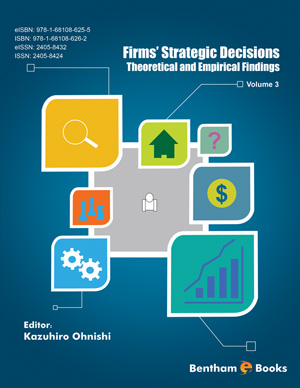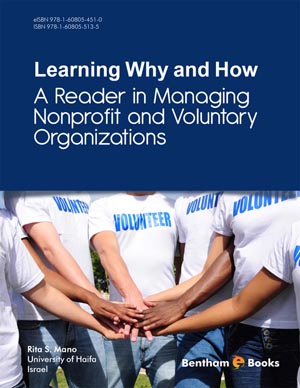Abstract
Reverse logistics can be defined as the process of planning, implementing, and controlling the flow of raw materials, in-process inventory, and finished goods from the point of consumption to the point of origin for the purpose of recapturing value or proper disposal. In environmental and economic terms, the goal of the reverse logistics process is to provide the optimal flow of residual matter created by the customer on the sales market, for example, used goods, exchange parts, returns, and packaging. Reverse logistics practices vary based on the industry and channel position. Industries where returns represent a larger portion of the operational cost tend to have better reverse logistics systems and processes in place. Nowadays, successful retailers understand that managing reverse logistics effectively has a positive impact on their bottom line. Industries that did not spend much time and energy addressing return issues, are now trying to implement major improvements. In this chapter, we discuss the past and the current state-of-the-art of reverse logistics operations followed by a section examining its key players, processes and main characteristics. Having examined generic reverse logistics issues, we provide future research pertinent to the food chain.
Keywords: Reverse logistics, reverse flow, food chains, production, warehouse, transportation, packaging, sustainability, returned products, recycling, environment, waste management, disposal, disassembly, grading, disposition, recovery facilities, used products, acquisition, product collection.










.jpg)

